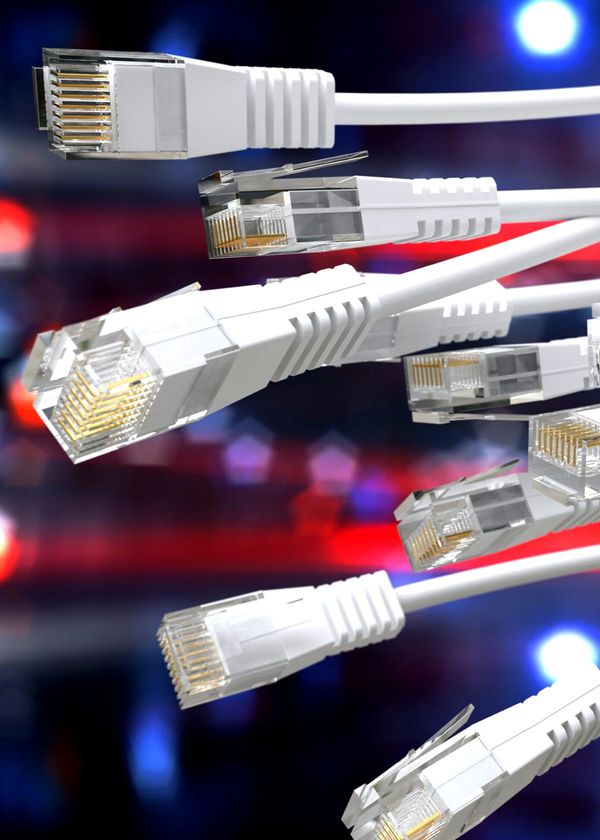We have seen a lot of questions about surge protectors or commonly known as surge-protected extension leads.
"Do I need one?" "What kind should I get?" "How many outlets do I need?" "should it have USB ports?" and, of course, the million-dollar question: "Can you plug a surge protector into an extension cord?"
The short answer is yes, you can but probably should not. Read on to find out everything you need to know about using a surge protector with an extension cord.
As we mentioned above, you can plug a surge protector or power strip, for that matter, into an extension cord. However, there are a few things you need to keep in mind before doing so.
First of all, while they are technically compatible, most experts do not recommend using them together.
That’s because there are some safety issues that come with extension cords and surge protectors being used together. In fact, you could run the risk of starting a fire or even electrocuting yourself.
There are some things you need to look for when connecting a surge protector to mitigate the risks and ensure that your appliances receive the right amount of power.
However, keep in mind that all forms of daisy-chaining are not only dangerous but often illegal. A fire inspector can cite you for plugging surge protectors into extension cords. So, consider yourself warned.
That being said, what can you do to mitigate the risks?
First, you want to make sure they are of the same gauge. So, if you have a surge protector that has a gauge size of 16 and the extension cord is also 16, then you can use them together.
However, if the extension cord is 14 and the surge protector is 18, the amps will not match, and there could be a fire risk. So, if you do have to use the two together, making sure the amps match each other is one thing to look out for.
Another thing to look out for is that you should make sure that your surge protector is rated for the same voltage as your extension power cord.
Most surge protectors are rated for 120 volts, which is the standard in the United States. However, some cords (like those used for power tools and appliances) are rated for 240 volts.
If you plug a 120-volt surge protector into a 240-volt outlet, it could overheat and start a fire. So be sure to check the ratings before you plug anything in!
Also, keep in mind that the surge protector's built-in surge protection can only handle so much power.
If you're plugging in multiple high-wattage devices (like computers or printers), make sure that the Surge Protection Device (SPD) rating on your surge protector is high enough to handle the increased load.
Failure to do so could result in damage to your electronics or even a fire.
And never use an extension cord with a damaged insulation coating or exposed wires; this could also lead to fire or electrocution.
If your extension cord is damaged in any way, and this includes the plug, be it, a flat plug or round, replace it immediately with a new one. Better safe than sorry!
Lastly, do not use a surge protector and extension cord as a long-term solution. Doing so will increase your chances of an accident that could damage your home, appliances, electronic devices, wall outlet, and your family.
Instead, think of the surge protector and extension cord combo as a temporary or emergency solution. Use it sparingly and only until you can get a qualified, licensed electrician to come and look at some permanent, safer options.
So, there you have it, everything you need to know about using surge protectors with extension cords.
Just remember to check the gauge, voltage, and power needs and always discard damaged cords immediately.
When in doubt, a licensed electrician should be consulted, and any connections between surge protectors and extension cords should be treated as a temporary solution. Other than that, happy plugging!








